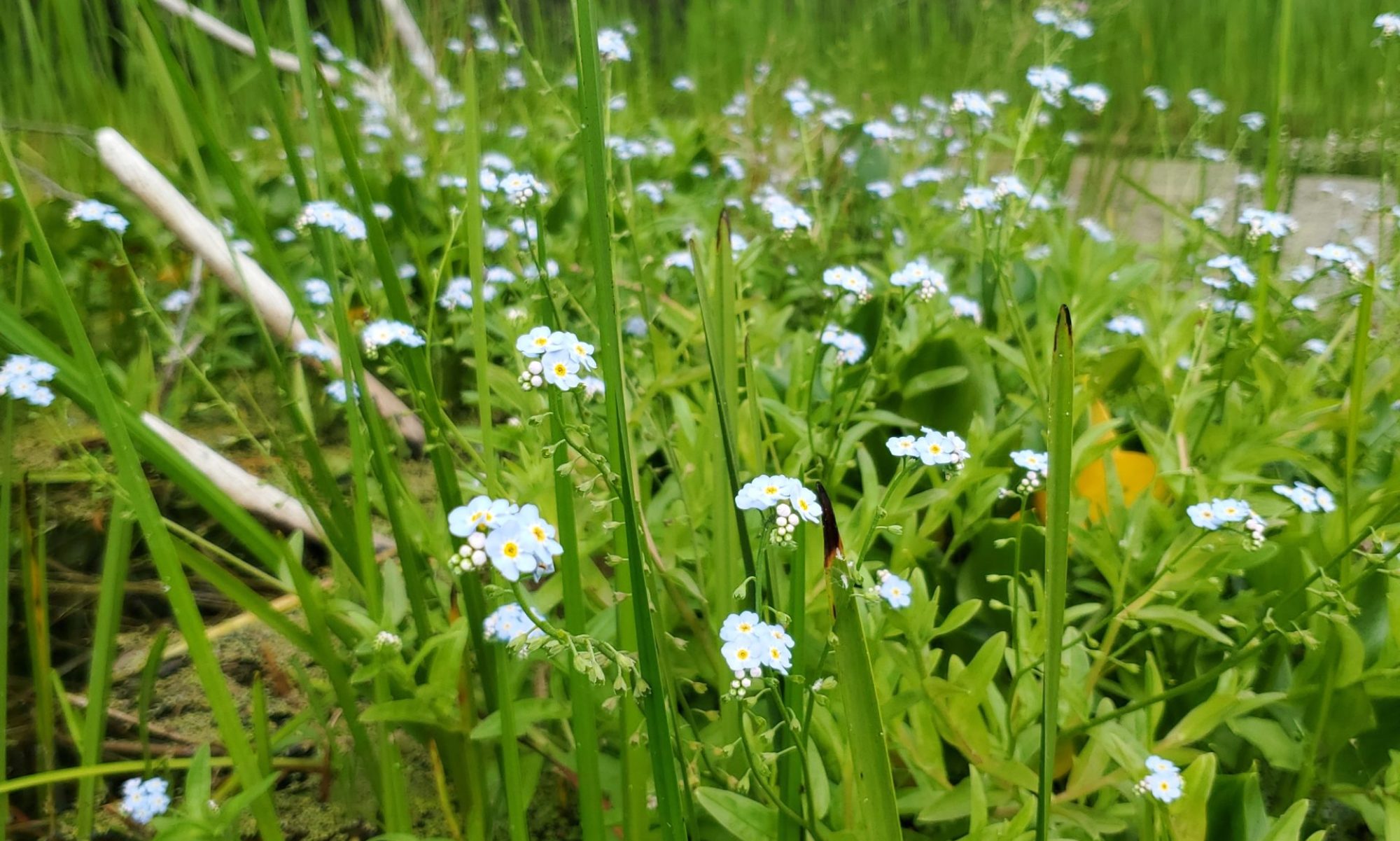Inclusive education is not only differentiating your lessons so that all members of the class may participate and engage in the learning, but it is also recognizing the impact that your lessons can have on certain students depending on their abilities or perception of the activity. I think that inclusive education begins while building your classroom community and should always follow through right to assessment.
While building my classroom community throughout my EDUC 491 10-week practicum, I made sure to learn and understand what all my students liked and disliked in each school subject, this includes potential emotional triggers caused by frustrations or preferences. For example, my students with ASD love gym, but they tend to struggle with being tagged in tag games. Also, I have a student whose stretch is literacy and will often shut down if an activity has too much reading or writing involved. I also had students who were reading and writing well beyond their grade level, so simply by engaging in conversation with them about what they were learning and by giving options for extensions on each assignment, they felt adequately challenged in their daily work and seemed to enjoy going beyond the expectations for extrinsic satisfaction. By recognizing these unique differences, I was better able to connect with these students when I first began teaching in the classroom because they saw that I was making an effort to ensure that I was giving them tasks that they could participate in and enjoy.
While creating my lessons, I always made sure to keep the above mentioned students in mind, making sure to teach from one end of my class’ abilities to the other. Once I got to know the students better, I was able to set out clear minimum expectations that I expected each student in the classroom to accomplish. If my expectations were a little bit higher than normal, I would ensure that the class’ EA was in the room to help out with the activity. I would also tell students that “if they finish early” they could do an extension of the activity. I found that this really helped to motivate my exceptional learners to further grow their learning and understanding of the content. For my students with ASD or lower literacy skills, I would make sure that they understand that my expectation for the assignment were achievable, and would often work with them to ensure that they reached the expectation. This sometimes came with some frustration, but I believe that inclusive education should involve all students taking part in the same content, but just at the level that they are working at. I sometimes ran into the situation of students telling me that they couldn’t do it or that they could not understand what the question was asking them. But I found that instead of giving them something different entirely, I was able to work through the question with them because often when content is broken down or re-worded it can be better understood.
Something else that I learned about inclusive education was that it is incredibly interconnected with Social Emotional Learning, because if you are only teaching to the “average” of your students, you are leaving your students on the outer edges feeling frustrated and not heard. This would result in students having larger emotional reactions to assigned work and harsher feelings of inadequacy in their learning. I was often reminded of Shelley Moore’s bowling metaphor while creating my lessons!
When it came down to assessment, I found that determining if the students had understood and mastered the content was easy because all in all, they were being assessed on the same content. By the time of assessment, I had already outlined the minimum expectations (meeting) and possible extensions (extending), meaning that if everyone was able to perform with the content between those two margins they were good to go! I also believe if soft assessment, meaning that I would only go forward with summative assessment once everyone was at least already meeting expectations. In this case, the worst case scenario is that the extending students have more opportunity to play with and master the content while the students who are still working on meeting expectations further their learning in the subject.
Ultimately, I believe that to be an inclusive educator it takes building a strong classroom community and really caring about and getting to know your students. I know that I need to be teaching to both ends of my class’ abilities instead of the center while still encouraging all students to be completing the same activity with the same content. Once I got the hang of it, I found it quite motivational to see students of all different levels discussing and collaborating in the class on the same projects or assignments.
